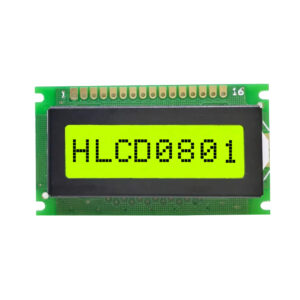
Great things in business are never done by one person. They’re done by a team of people. We have that dynamic group of peoples
AMOLED display modules are rapidly becoming the gold standard in visual technology, offering unparalleled image quality, vibrant colors, and exceptional energy efficiency. This article dives into the world of 0.95 inch AMOLED display, specifically focusing on their applications in automotive and other industries. We’ll explore the technical intricacies of AMOLED technology, compare it to traditional LCD displays, and highlight the advantages of integrating these compact yet powerful display screens into various products. You should read this article because it provides a comprehensive understanding of AMOLED display modules, equipping you with the knowledge to make informed decisions about display technology for your next project. The technology AMOLED offers is worth considering, whether you’re a designer, engineer, or simply a technology enthusiast, this deep dive into high resolution 0.95-inch OLED will provide valuable insights, also we will explain what MIPI is. If you want to contact us, feel free to leave a message!
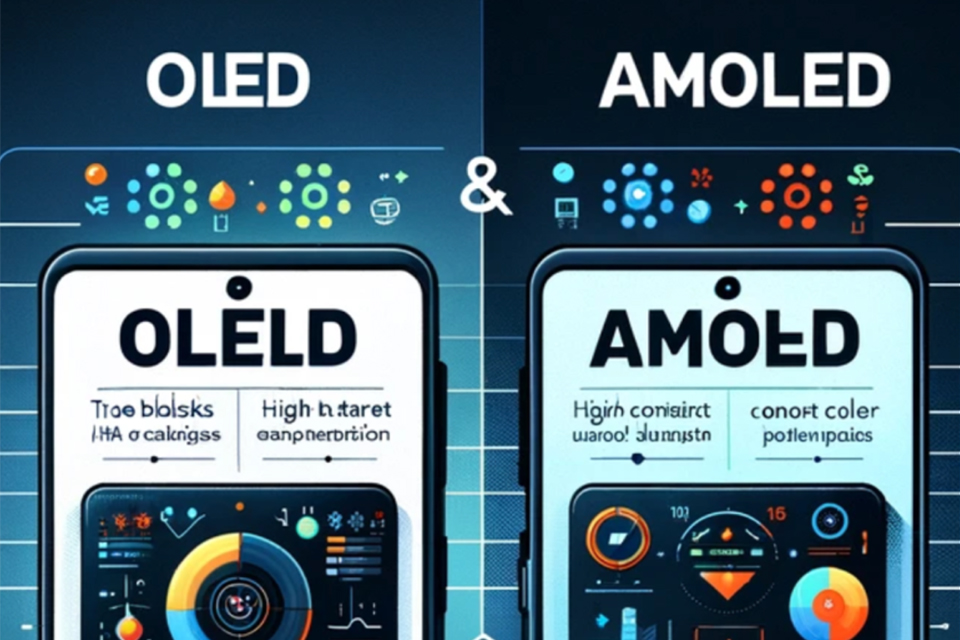
An AMOLED display module stands for Active Matrix Organic Light Emitting Diode display module. It’s a type of display technology that utilizes organic compounds that emit light when an electric current is applied. Unlike traditional LCD panels, AMOLED displays do not require a backlight, as each pixel generates its own light. This fundamental difference results in several advantages, including deeper blacks, higher contrast ratio, and wider viewing angles. The “active matrix” in AMOLED refers to the method of controlling each individual pixel, where a thin-film transistor (TFT) array manages the current flow to each organic light-emitting diode, ensuring precise and rapid pixel switching. This display technology delivers superior image quality compared to traditional LCD.
AMOLED technology allows for the creation of flexible and even transparent displays, opening up a wide range of design possibilities. The absence of a backlight also contributes to thinner and lighter display modules, making them ideal for wearable devices, smart home appliances, and other applications where space is a premium. In addition, AMOLED display modules boast excellent color saturation and color accuracy, leading to more vibrant and lifelike images. AMOLED is also known for its energy efficiency as when a pixel is turned off, it consumes no power, resulting in longer battery life for portable devices. It is the main difference between AMOLED and LCD displays.
The 0.95 inch AMOLED display module offers a compelling combination of compact size and high performance. This compact size makes it perfect for integration into devices where space is limited, such as smart wearables, medical devices, and handheld instruments, while still providing a clear and detailed display. The small diagonal of a 0.95 inch AMOLED does not sacrifice visual quality. These display modules typically boast high resolution, ensuring crisp and sharp images even on a smaller display screen. If you need a bigger display, check our 1.39 inch AMOLED.
Moreover, the inherent advantages of AMOLED technology, such as high contrast ratio, wide viewing angle, and vibrant colors, are all present in these smaller modules. The 0.95-inch OLED format is particularly well-suited for devices that require a small but highly readable display, such as fitness trackers, smart watch or industrial control panels. Contact us for more detailed specifications. Additionally, the energy-efficient nature of AMOLED translates to longer battery life in portable devices, a critical factor for wearable technology.
AMOLED technology offers several key advantages over traditional LCD technology when it comes to display modules. The most significant difference lies in how light is produced. LCD displays rely on a backlight to illuminate the pixels, while each pixel in an AMOLED display emits its own light. This fundamental difference leads to several distinctions in performance and characteristics of display screen module.
| Feature | AMOLED Display | LCD Display |
|---|---|---|
| Backlight | No backlight required | Requires backlight |
| Contrast Ratio | Higher contrast ratio (deep blacks) | Lower contrast ratio |
| Viewing Angle | Wider viewing angle | Narrower viewing angle |
| Power Consumption | Lower power consumption (for dark content) | Higher power consumption |
| Response Time | Faster response time | Slower response time |
| Thickness | Thinner | Thicker |
| Flexibility | Can be flexible | Not typically flexible |
| Color Quality | Vibrant colors, excellent color gamut | Good, but can appear washed out |
As you can see from the table, AMOLED displays excel in contrast, viewing angles, and response times. They also offer the potential for thinner and flexible designs. However, LCD technology is generally more cost-effective, especially for larger display sizes. LCD displays can also achieve higher peak brightness levels, which can be beneficial in outdoor environments, but advanced AMOLED is catching up. Technology AMOLED is generally considered superior for visual quality and design flexibility, especially for smaller display modules like the 0.95 inch AMOLED, 1.39 inch AMOLED is also available. TFT LCD display still holds its ground in certain applications due to its cost and brightness advantages.
A high-quality AMOLED display module is characterized by several key features that contribute to its superior performance and visual appeal. Let’s examine what sets apart a premium AMOLED screen module:
By considering these key features, you can confidently select a high-quality AMOLED display module that will deliver exceptional visual performance for your application.
Finding the right AMOLED display module for your wearable device project requires careful consideration of your specific needs and requirements. Many reputable display manufacturers and suppliers offer a wide range of AMOLED display modules, including the compact 0.95 inch OLED. You can explore online platforms, contact display distributors, or reach out to manufacturers directly, like Shenzhen Hifylux, to find the product that best suits your project. It is important to thoroughly review product datasheet before making a purchase.
Integrating AMOLED technology into wearable devices involves several key steps:
By following these steps, you can successfully integrate AMOLED technology into your wearable device, creating a visually stunning and user-friendly product.
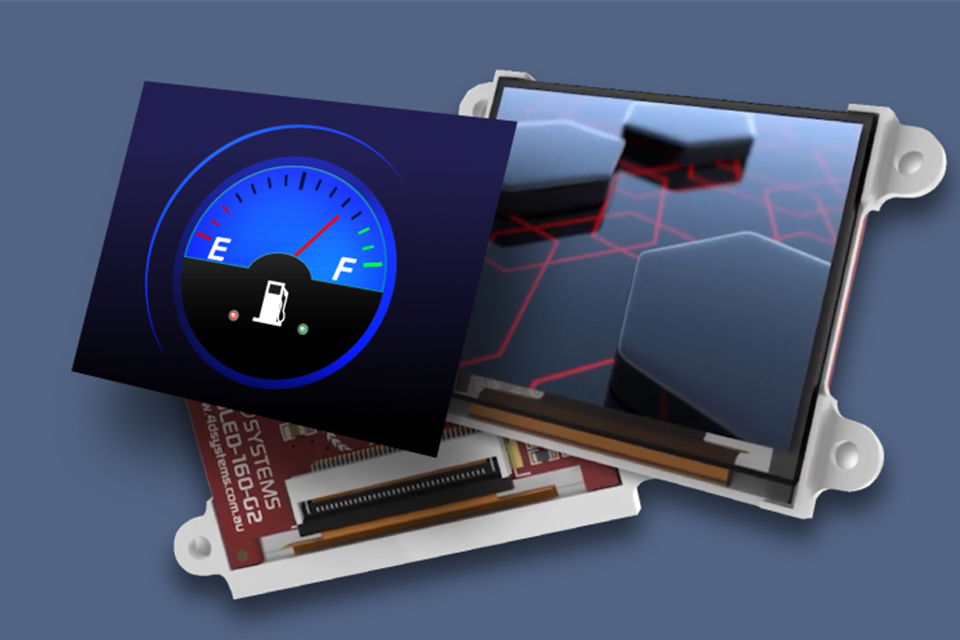
The automotive industry is increasingly adopting AMOLED display technology for a variety of applications, leveraging its superior visual performance, design flexibility, and energy efficiency. Here are some key areas where AMOLED displays are making a significant impact:
| Application | Benefits of AMOLED |
|---|---|
| Instrument Clusters | Clear, customizable, dynamic information; excellent readability |
| Infotainment Systems | Vibrant multimedia content; fast response times; design flexibility |
| Heads-Up Displays | High brightness and contrast for clear visibility |
| Rear-Seat Entertainment | High-quality viewing experience; thin and lightweight design |
| Exterior Lighting | Flexible and transparent designs; innovative lighting possibilities |
The automotive industry’s adoption of AMOLED display technology is driven by the need for enhanced driver and passenger experiences, improved safety, and innovative design possibilities. As AMOLED technology continues to evolve, we can expect even more widespread integration of these displays in future vehicles.
AMOLED display modules support various interface options, each with its own advantages and disadvantages. The choice of interface depends on factors such as data bandwidth requirements, power consumption considerations, and the complexity of the host system. Here are some common interfaces used for AMOLED display modules:
The choice of interface for an AMOLED display module will depend on the specific application requirements. MIPI DSI is generally preferred for high-resolution displays and applications requiring high bandwidth, while SPI or I2C may be suitable for simpler applications or where power consumption is a major concern. If you need help with choosing the right interface do not hesitate to contact us.
Resolution and color depth are two critical factors that significantly impact the viewing experience on an AMOLED screen. Let’s explore how each of these parameters contributes to the overall image quality:
The combination of high resolution and high color depth on an AMOLED screen creates an immersive and visually stunning viewing experience. The sharpness and detail provided by high resolution, coupled with the rich and accurate colors enabled by high color depth, make AMOLED displays ideal for a wide range of applications, from viewing photos and videos to reading text and playing games.
Power consumption and brightness are two important factors to consider when working with AMOLED displays, particularly in battery-powered devices like wearables and handheld instruments. Let’s examine each of these aspects in more detail:
Power Consumption: One of the key advantages of AMOLED technology is its potential for lower power consumption compared to traditional LCD displays, especially when displaying dark content. This is because each pixel in an AMOLED display emits its own light, and when a pixel is black, it is essentially turned off and consumes minimal power. However, it’s important to note that power consumption in AMOLED displays is content-dependent. Displaying bright, predominantly white content can consume more power than displaying dark content. To optimize power consumption on AMOLED displays:
Brightness: Brightness, also referred to as luminance, is the amount of light emitted by the display. It is typically measured in nits or candelas per square meter (cd/m²). AMOLED displays are known for their high brightness levels, which make them easily viewable even in bright sunlight. However, higher brightness levels also consume more power. To balance brightness and power consumption:
By carefully considering power consumption and brightness, you can optimize the performance of AMOLED displays in your applications, maximizing battery life while ensuring a comfortable and visually appealing user experience.
The future of AMOLED display modules is bright, with ongoing innovations and advancements expected to further enhance their capabilities and expand their applications. Here are some key trends and innovations we can anticipate from AMOLED display manufacturers:
These are just some of the innovations we can expect in the field of AMOLED display modules. As AMOLED technology continues to mature and evolve, it will undoubtedly play an increasingly important role in shaping the visual experiences of the future.
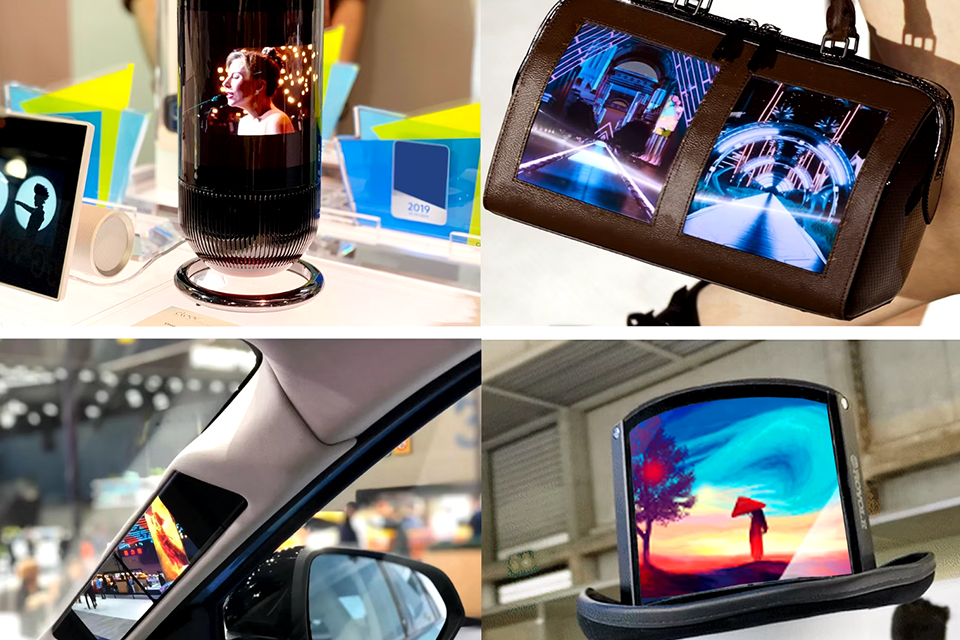
This comprehensive overview of AMOLED display modules, particularly the 0.95 inch AMOLED, should provide you with a solid understanding of this exciting technology and its potential applications. Whether you are designing a new wearable device, developing an automotive display system, or simply curious about the latest advancements in display technology, AMOLED offers a world of possibilities. You can always leave a message if you need to find the product or contact us for more information.
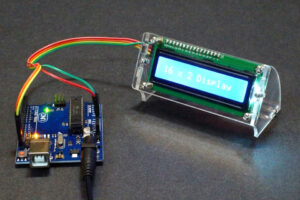
This article delves into the world of LCD displays, specifically focusing on the popular 16×2 character LCD module and its integration with Arduino using the I2C interface.

This article dives deep into the fascinating world of microdisplays, focusing specifically on the groundbreaking 4K OLED technology developed by Sony Semiconductor Solutions.
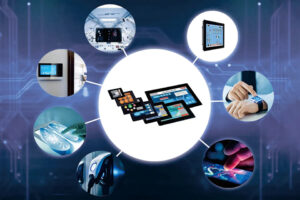
This article delves into the fascinating world of display modules, specifically focusing on LCD (Liquid Crystal Display) and TFT (Thin-Film Transistor) technology.

This article dives into the fascinating realm of small OLED displays, exploring their unique characteristics, applications, and the technology that makes them possible.
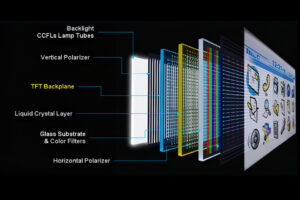
This article dives into the world of displays, specifically focusing on LCD technology.
Great things in business are never done by one person. They’re done by a team of people. We have that dynamic group of peoples
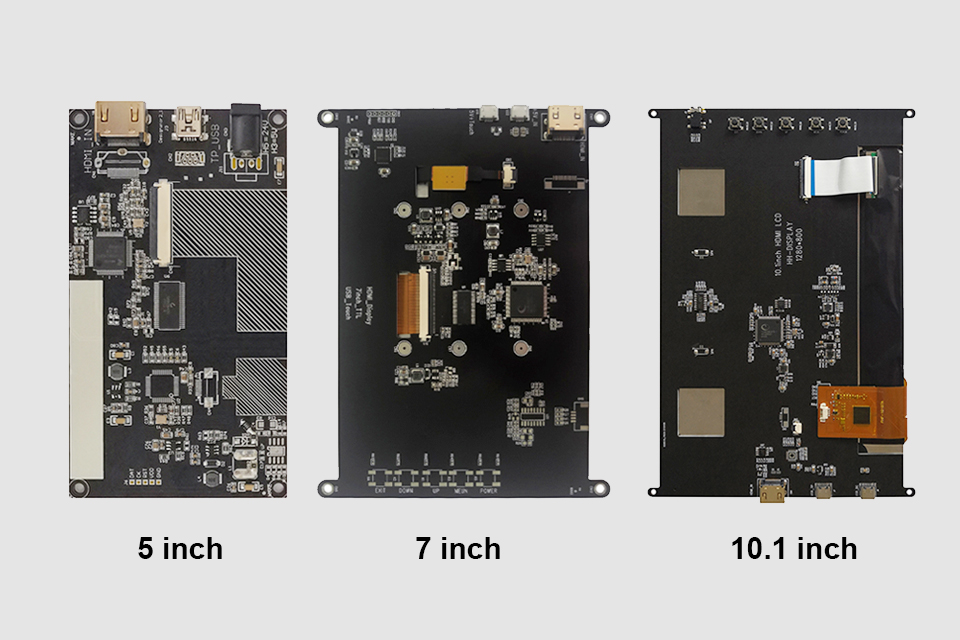
This article explores how to connect an LCD screen to a Raspberry Pi using an HDMI driver board, essentially turning your single-board computer into a miniature HDMI monitor.
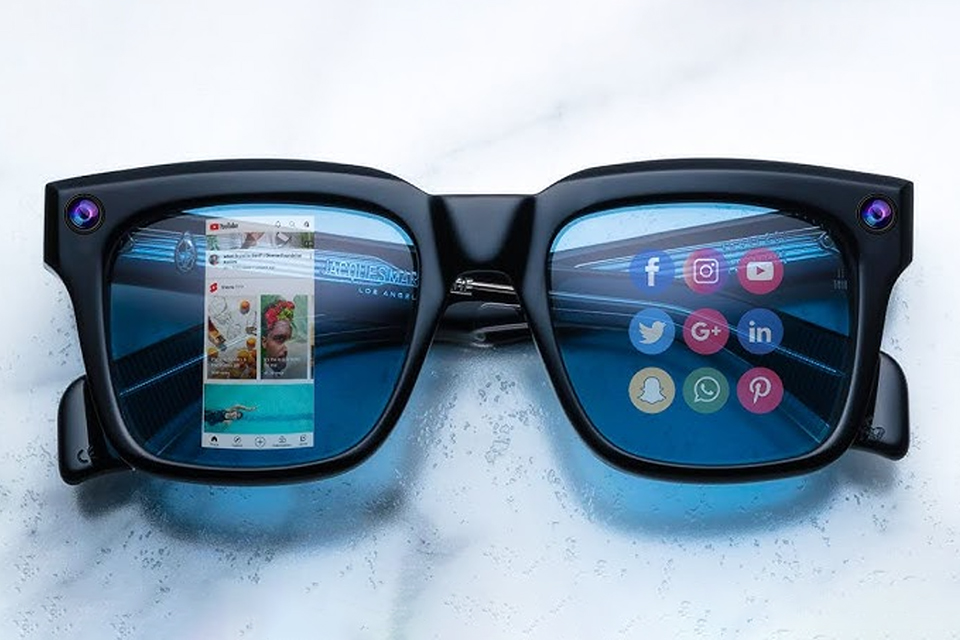
This article dives into the exciting world of augmented reality (ar) lenses, specifically focusing on the development and potential of an interchangeable lens system for ar glasses.

This article dives deep into the lifespan and durability of OLED (Organic Light Emitting Diode) displays compared to LCD (Liquid Crystal Display) screens.

@ 2025 display-module. All right reserved.
Fill out the form below, and we will be in touch shortly.